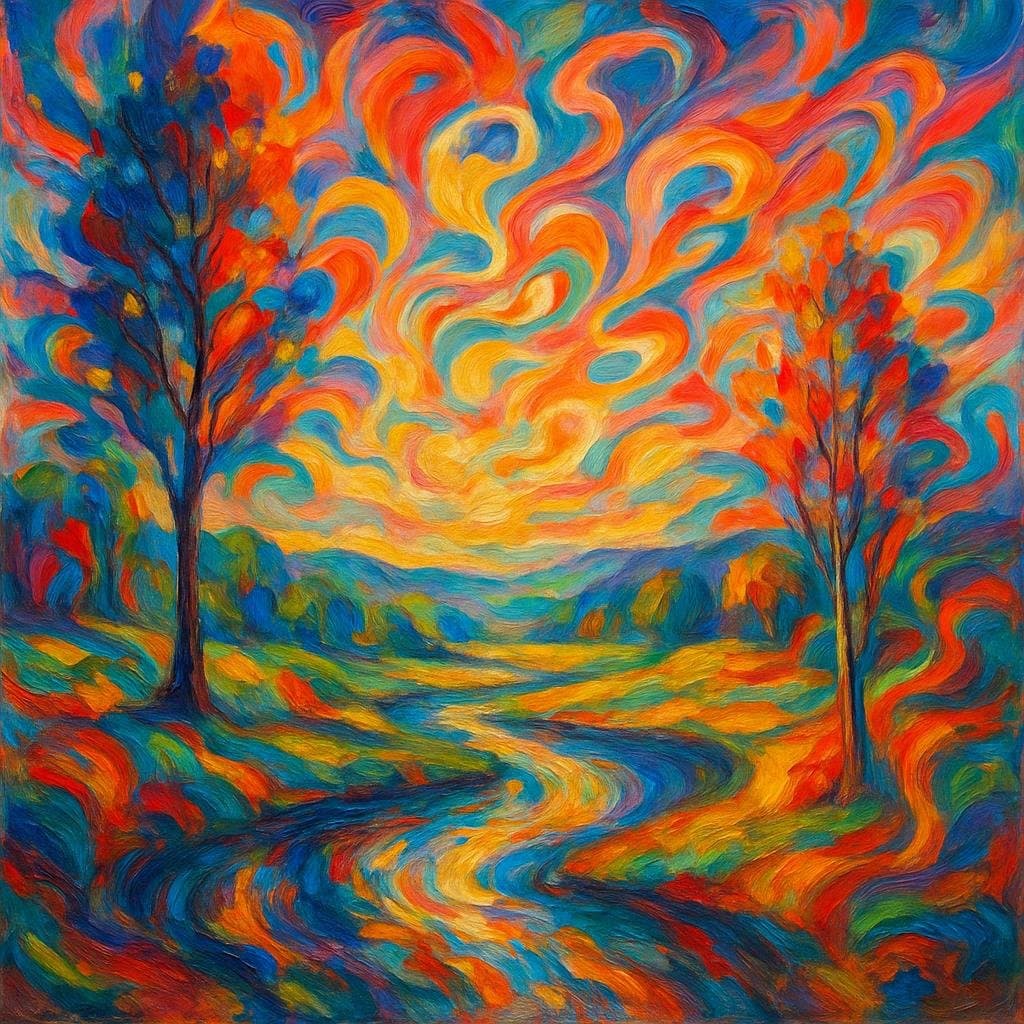The Artist’s Canvas: Reflections of Inner Nature

Every artist dips his brush in his own soul, and paints his own nature into his pictures. — Henry Ward Beecher
The Soul as an Artistic Palette
Beecher’s observation introduces the idea that an artist’s work is shaped not merely by skill or technique but by the very fabric of their soul. In this view, every stroke of the brush becomes an act of self-expression, a transfer of one’s deepest emotions, thoughts, and experiences onto canvas. The creative process, thus, moves beyond replication of external reality and becomes a revelation of internal truth.
Historical Examples of Inner Expression
Building on this, art history is replete with examples where an artist’s inner life transforms the outward appearance of their work. Vincent van Gogh’s turbulent emotions, for instance, radiate from each swirl in ‘The Starry Night’ (1889), infusing landscape with the energy of his personal struggles. Through such cases, it becomes clear that the most memorable works often carry the soul’s signature in every visible detail.
Nature and Individual Perspective
Transitioning from history, Beecher’s words also highlight how each artist’s unique nature filters their perception of the world. Claude Monet’s impressionistic renderings emerged from his fascination with light and fleeting moments, while Frida Kahlo’s portraits drew from her pain and identity. In this sense, no two painters can depict a subject identically, as each filters reality through the lens of their singular experience and personality.
The Psychological Impulse to Create
Moreover, contemporary psychology echoes Beecher’s insight, suggesting that artistic creation is a form of self-actualization. Studies on creativity, such as those by Mihaly Csikszentmihalyi, emphasize the flow state in which artists lose themselves, merging personal memories and subconscious drives into their art. This intrinsic motivation confirms that an artist’s work inevitably bears the imprint of their nature.
Connecting Viewers to Authentic Expression
Ultimately, the interplay between soul and creation is what allows art to move its audience. When viewers encounter a painting imbued with authentic emotion, they are drawn into the artist’s inner world and invited to share in that experience. Beecher’s insight, therefore, not only celebrates the individuality of the artist but also underscores the transformative power that heartfelt art bestows upon both creator and observer.